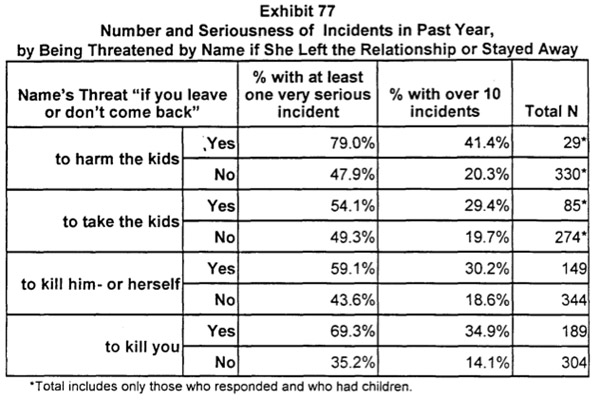My wife is a lawyer who deals almost exclusively with victims of domestic violence—mostly between partners, with some exceptions. The question she has to answer most about her job, as a result, is why do they stay? In the abstract, I understand the question; the natural instinct, with violence generally, is to get away from it. In practice, this means that partners who remain in abusive relationships are treated as aberrations, which can slide into victim-blaming.
I thought about this when reading a story out of the University of North Carolina, via Julie DiCaro. In short, a student at the school was in an abusive relationship; because of the way sexual assault cases were handled at the school at the time, her case was dealt with by a University Hearings Board, consisting of two Honor Court students, two faculty members, and an administrator, who received either "a full day" of training or "an hour at most."
When the relationship ended, she said she was met with months of stalking, threats and harassment.
Those actions lead her to press charges with the Honor Court. In her trial, Gambill said she was forced to answer irrelevant and inappropriate questions.
“The woman student said to me, ‘Landen, as a woman, I know that if that had happened to me, I would’ve broken up with him the first time it happened. Will you explain to me why you didn’t?’” she said.
Now, for speaking with the press, the student herself is being charged with honor code violations.
This in turn—particularly the question asked of the victim—reminded me of a recent study by Angie Kennedy, a UIC Ph.D. now at Michigan State, who studied family violence in Chicago and its correlation to later domestic violence:
Young urban black women who are exposed to severe abuse within their families are much more likely to be victims of dating violence, according to a study led by a Michigan State University researcher.
Youths exposed to violence in their families may begin to understand it as a normal part of life, according to the study, which appears in the research journal Violence Against Women.
Kennedy and colleagues surveyed 180 female high school students in a poor Chicago community and found that:
• 85 percent of them witnessed domestic abuse in their homes, with nearly half (49 percent) reporting an adult with an injury related to the abuse
• 72 percent were physically abused themselves
• 29 percent were sexually abused.
That's among victims, not perpetrators—the implication being that victimization becomes normalized.
How about women who were not exposed to domestic violence growing up? In 2000, the state of Illinois conducted a larger study called the "Chicago Women's Health Risk Study" (PDF). Its findings are chilling:
One of these findings was that leaving or trying to end the relationship placed women in a position where the potential for increased safety was high, but the potential for extreme risk was also high. Women who had experienced severe violence in the past year and who were making active efforts to obtain formal interventions to stop the violence, such as seeking help from a counselor or agency, contacting the police, going to court, or getting an order of protection, were at higher risk for continued severe violence. As domestic violence advocates know, it is important to help a woman who is beginning to seek help and is thinking of ending her relationship with an abuser to develop a safety plan that will increase her chances of the former, not the latter, outcome.
In such severe cases, that potential is frequently communicated by threats.

Domestic violence can be normalized; it can also be enforced with threats of worse violence. Either way, it's rarely as simple as just leaving, especially in the most severe cases.



